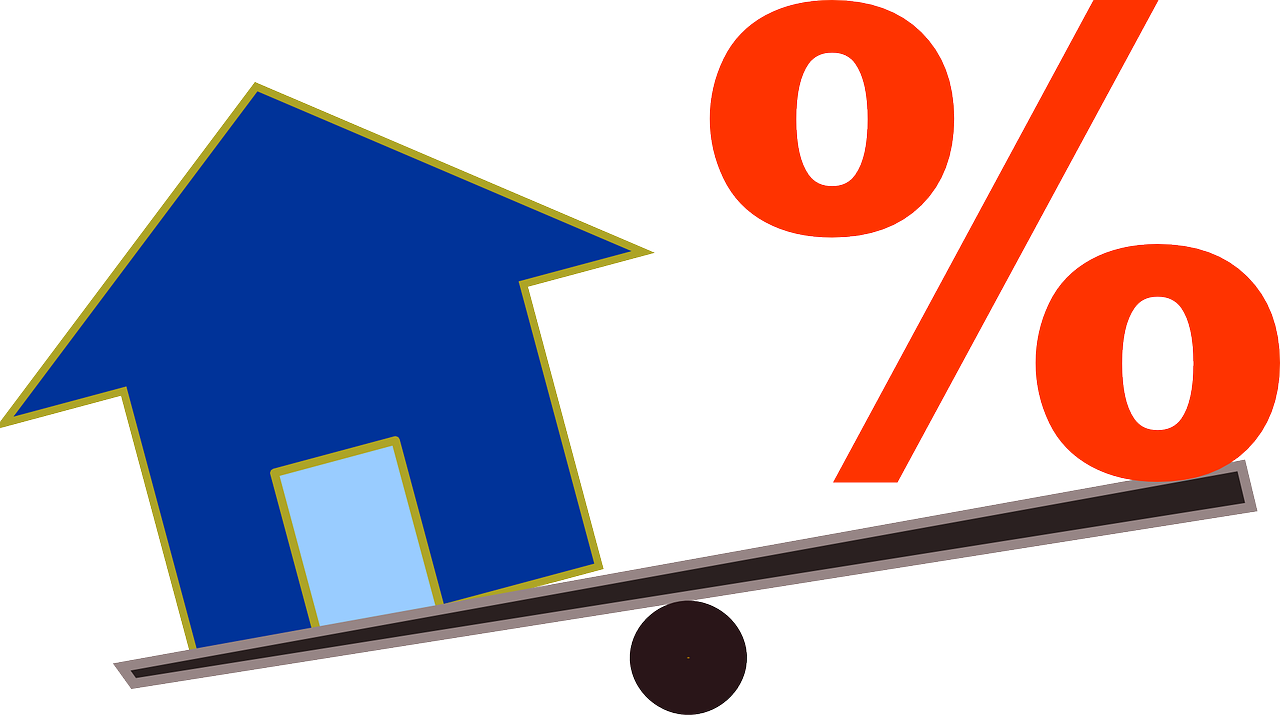USDA Loan Rates

Do you want to buy a rural home? Are you a low-income earner? The United States Department of Agriculture backs USDA loans that allow people to purchase residential houses in rural areas at attractive rates. These rates beat conventional mortgages, and even the popular Federal Housing Administration insured loans. Being some of the best mortgages in the US, it is normal to see many people trying to get them. Well, this is expected as everyone wants to land a good deal. Due to this, the USDA loan qualifications are stringent, and people who do not meet them cannot get the loans.
How Can a USDA Loan be Beneficial to you?
This loan program is one of the few that allows you to get full financing for a house. It helps low-income people who might not have much money to pay as down payment or for the associated costs of a regular mortgage. However, you will have to pay some amount but not in cash when applying for the loan. For instance, the fee that is paid for the insurance is added to the loan balance, but it still applies. The advantage is that this fee is much lower than the regular ones due to the low-interest rates.
Note that while the USDA loan rates are among the lowest in the market, they apply on a case by case basis. The lenders will still check your credit score debt-to-income ratio, among other things, before setting interest rates for the loan.
Here are some of the tips for getting the best combination of USDA loan rate and fees;
Do You Qualify?
USDA loans are given to a specific set of borrowers and homes. This way, the first step to getting reasonable USDA loan rates is making sure that you and the home you want are eligible. USDA homes are for single families, and the person taking it should be the one living there. The house should be in rural areas, and you can always check on the rural property lookup tool to see whether a specific one meets the requirements. Manufactured homes qualify if they are new, the owner owns the lot, and are on a permanent foundation. The eligibility for old manufactured homes is a little bit complicated.
There are limits on the household income for borrowers. These caps vary by location as the loan is stipulated for people earning less than 15% of the median income for that area.
Sort your Credit Reports
Your credit history will still play a considerable part in the mortgage terms and conditions. Go through yours and ensure that it is accurate. If you find any errors, report them to the relevant financial institutions as they could drag your score down. There is no set minimum credit rating for USDA loans, but the due diligence done with other mortgages still applies. Note that the best USDA loan rates are given to people with high credit scores.
Pick A Lender
USDA loans are offered by different lenders, and you have to pick one. Some of these lenders are ordinary financial institutions and follow the usual process used to analyze lenders to make sure that you get the right one. A suitable lender is defined by several aspects such as user experience, treatment of borrowers with weaker credit, and how fast they process loans, among other things.
Get Loan Estimates
Once you nail down a lender, it is time to decide which loan you are going for. It could either be a guaranteed, direct, or house repair loan. Get the estimate of the loan you want to get a clear picture of the USDA loan rates in question. It helps to compare with estimates for a similar FHA and VA loan if you are eligible. This is because some people find VA loans offering better terms, but this happens rarely. Take your time to shop around, as this will save you a lot of money in interests and mortgage closing costs.
Once you find favorable USDA loan rates, you should be well on your way to get the money needed to buy a house. These loans are unbeatable in the market, and the payment plans are cushioned to help you repay the amount without digging too deep in your pockets. The only obstacle to the loans is the stringent qualification criteria, but once you meet them, everything else should be fine. Note that USDA loans are not all that different from the regular mortgages and be wary when dealing with lenders and ensure that you have gone over the terms and conditions before signing up for one. Beware of hidden costs that could balloon the mortgage and make it expensive in the long run.
Owning a home is not a far cry to low-income earners in rural areas thanks to USDA loans. If you think of owning one, check out your eligibility since you could be in for some of the best USDA loan rates in the market.
